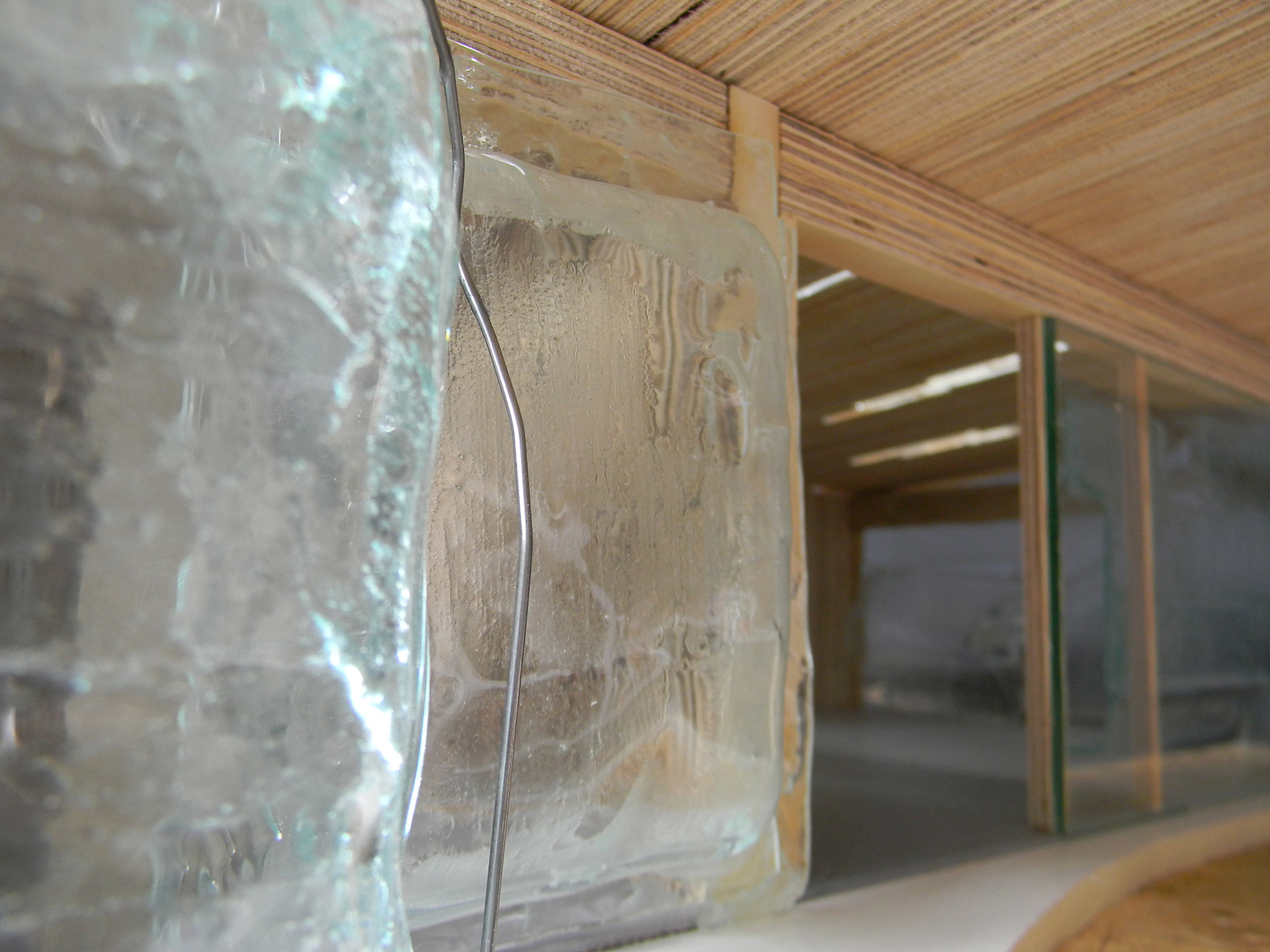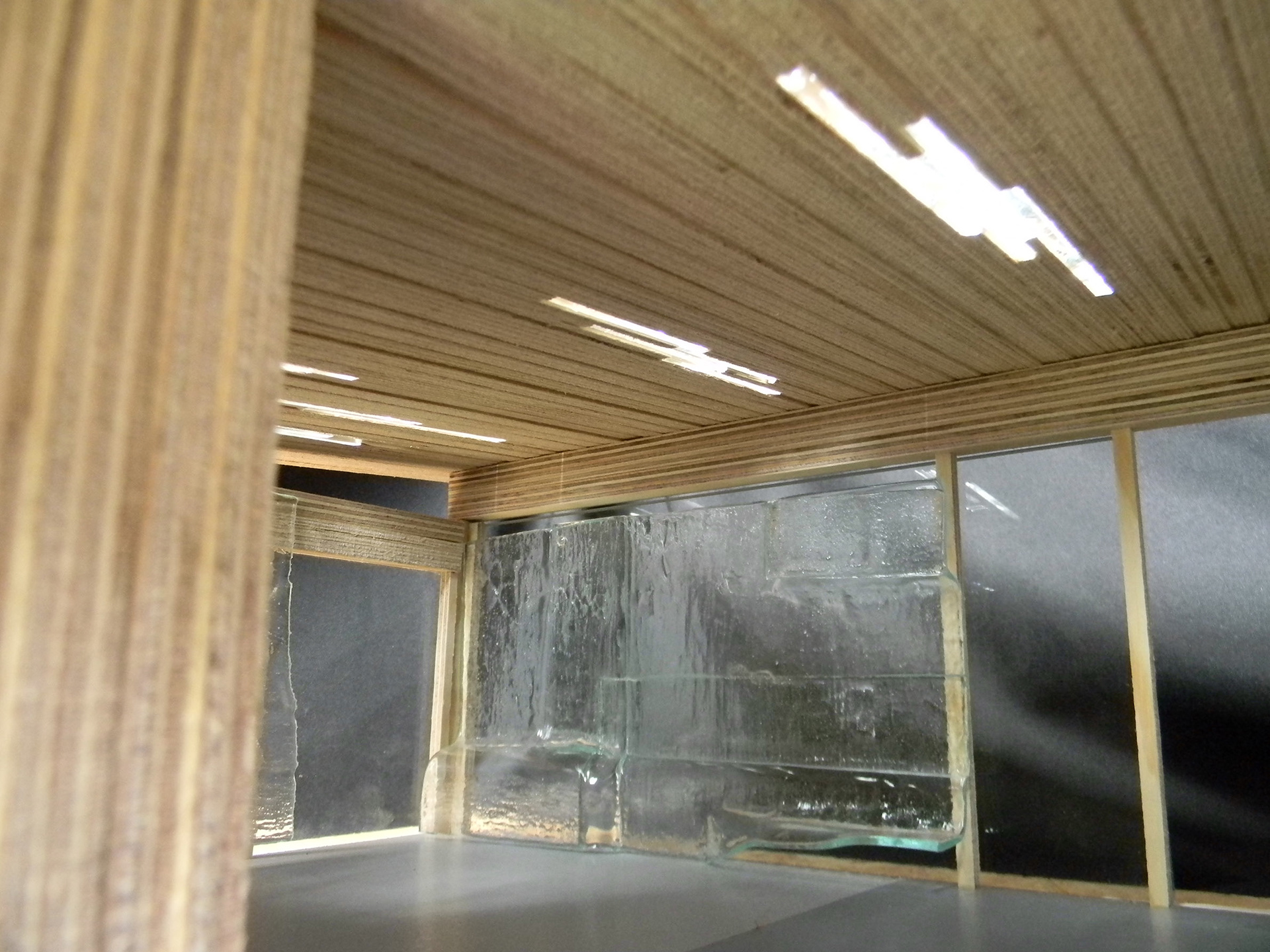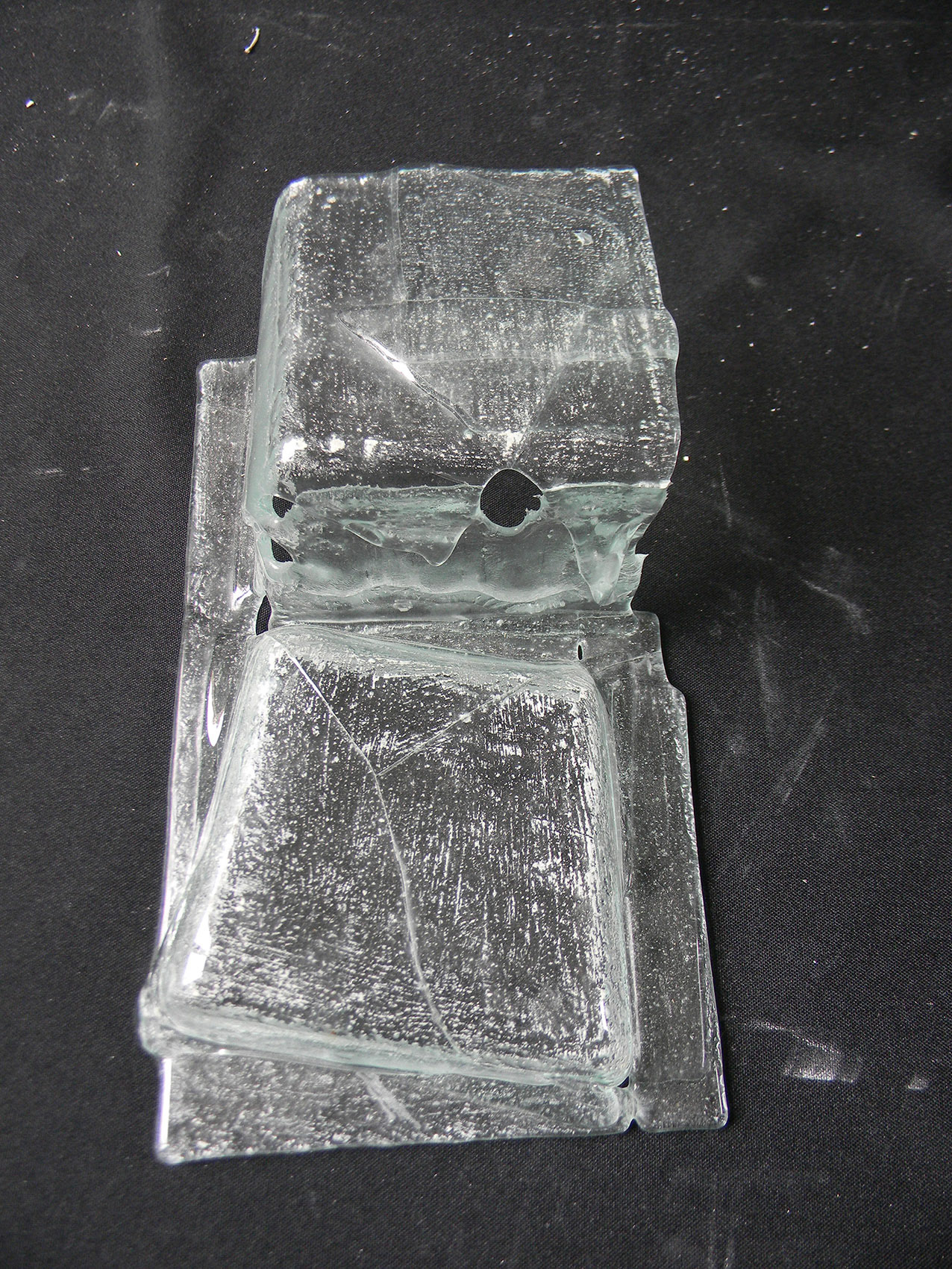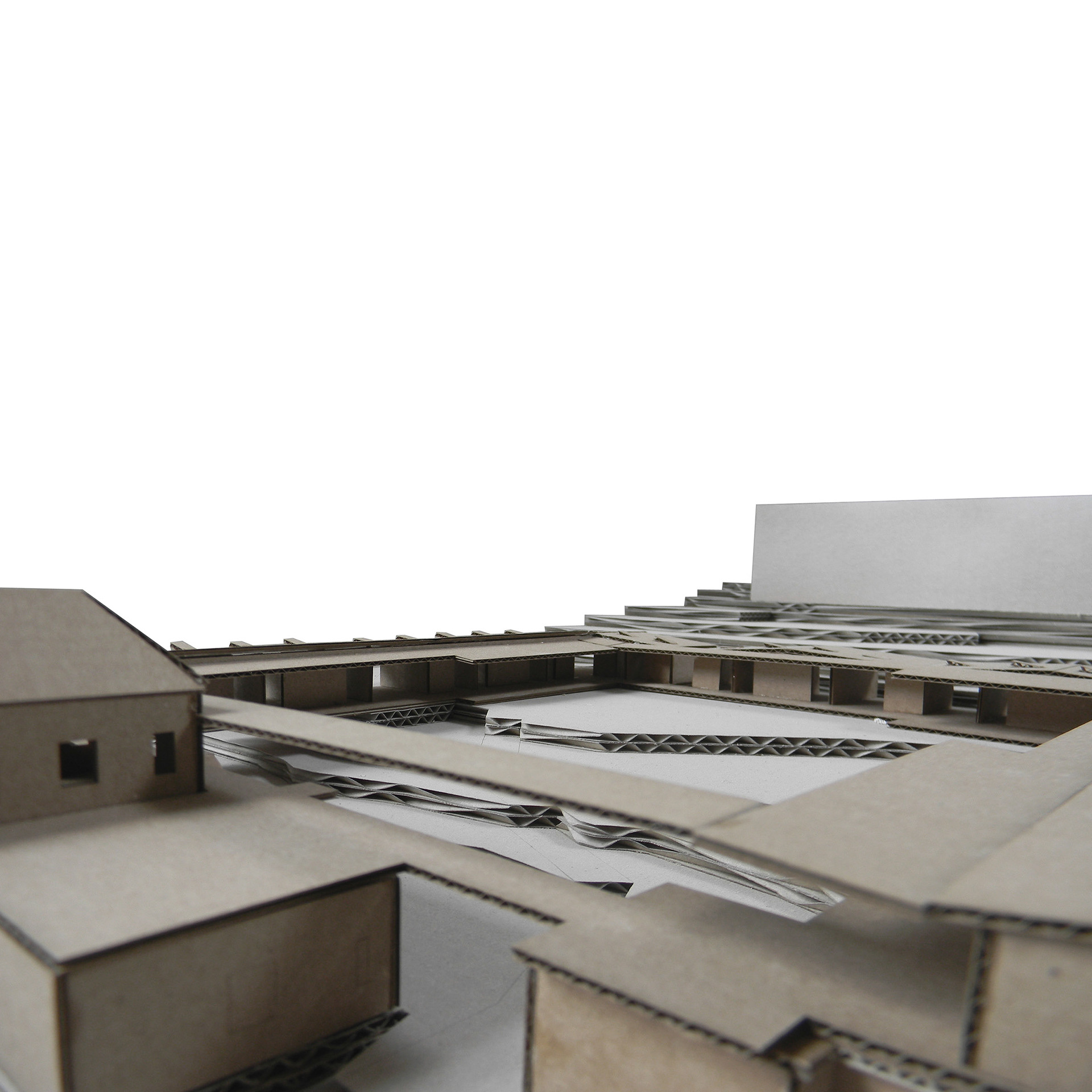COACH - PROFESSORSHIP AT THE ACADEMY OF FINE ARTS, VIENNA
Design Studio IKA Academy of fine Arts, Vienna
Masters Summer Semester 2014
Design Studio IKA Academy of fine Arts, Vienna
Masters Summer Semester 2014
Michelle Howard
THERE IS A LIGHT THAT NEVER GOES OUT
As is our wont we looked at one material very closely under the lens of specific characteristics using that framework to create a building project. Here we examined Glass through the twin lenses of its ability to transmit light and to be moulded, blown and pressed. With this emphasis the students created a project for a place of healing and rehabilitation situated on the grounds of the Steinhof at Baumgartner Höhe in Vienna.
Glass Architecture is Light Architecture
The ability of Glass, through its transparency, to transmit light and thus illuminate interior space has all too often been overlooked in favour of its ability to establish a visual connection with the exterior. We returned to the interests of the “Gläserne Kette”, an epistolary association formed by Bruno Taut in the early 20th century, which hoped for a new architecture based on the healthful qualities and honesty of glass. His Glass Pavilion for the 1914 Werkbund Exhibition at Cologne was an earlier attempt to realize such an architecture. Glass was coloured and moulded, curved and pressed and the resultant interior spaces were moulded by light of many colours, patterns and textures. We iterate in this studio the too long ignored role of glass as a material which is curved, pressed, blown and even rolled together with other materials rather than just a flat pane to see through.
Parameters
The students each chose an illness which they wished to treat at the beginning of the semester and used the special attributes of that illness to create their place of healing. The place of healing proposed by this project provides 3 different types of spaces for which the students sculpted light accordingly: The Patient's room where he or she is more or less lying down and watching the changing light as it moves through the room; The ambulatory where the patient could use their movement through different types of light as therapy as well as simply moving from A to B. or the treatment rooms where other senses could be activated such as touch.
There is a light that never goes out
The title of the studio, while acknowledging its debt to The Smiths, refers both to continued relevance and extreme importance of the ideas of Paul Scheerbart and to the inherent hopefulness in the act of healing.
Body, Brain and Light - Fabian Liszt
The human brain and body work together in a complex inter-relational system. The functioning of the human brain is still a mystery in many aspects. However we do know that the brain and its billions of synaptic connections don’t stop to reshape after adolescence. Its malleability remains far into advanced age.
In some illnesses it may seem that the body of the patient is at the mercy of arbitrary dysfunctional activities of the brain. I want to create a place of healing that animates the patient to explore his inner and outer world with all his senses. Different situations of light and space shall help the patient to explore and better understand his/her own body/brain relationship and reshape that activity to their advantage.
The lower level of the clinic houses therapy and consulting spaces which bring together patient (expert) and medic (specialist) and enable them to collaborate. The patient pavilions offer spaces of individual retreat. They are raised above the ground and their bottom surfaces are oriented in different angles towards it, creating spots of higher and lower light intensity underneath. The pavilion volumes have different colours on the outside. They are veiled in glass skins that create exploratory spatial sequences & light atmospheres through the reflections between the volumes and the glass skins.
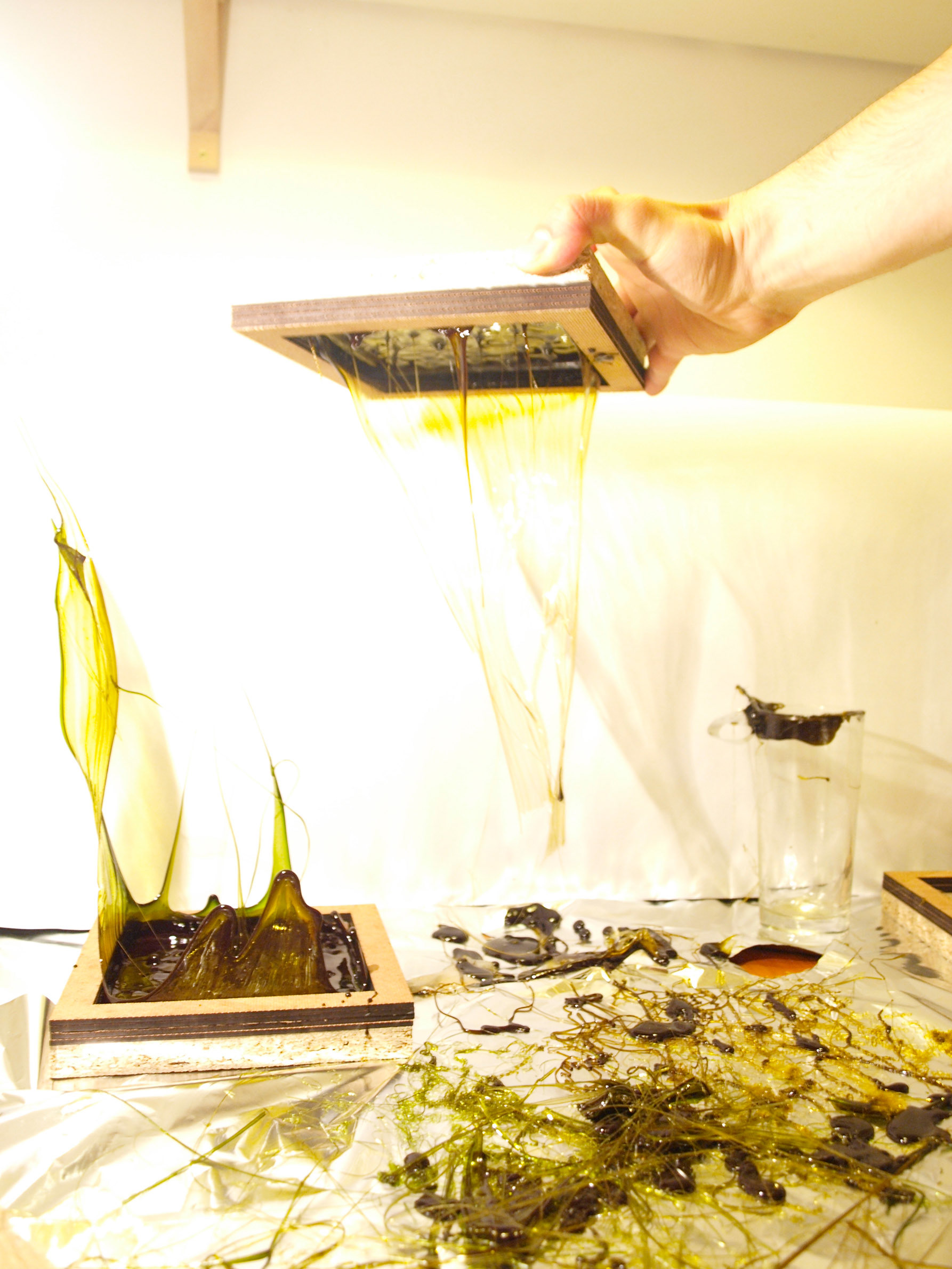
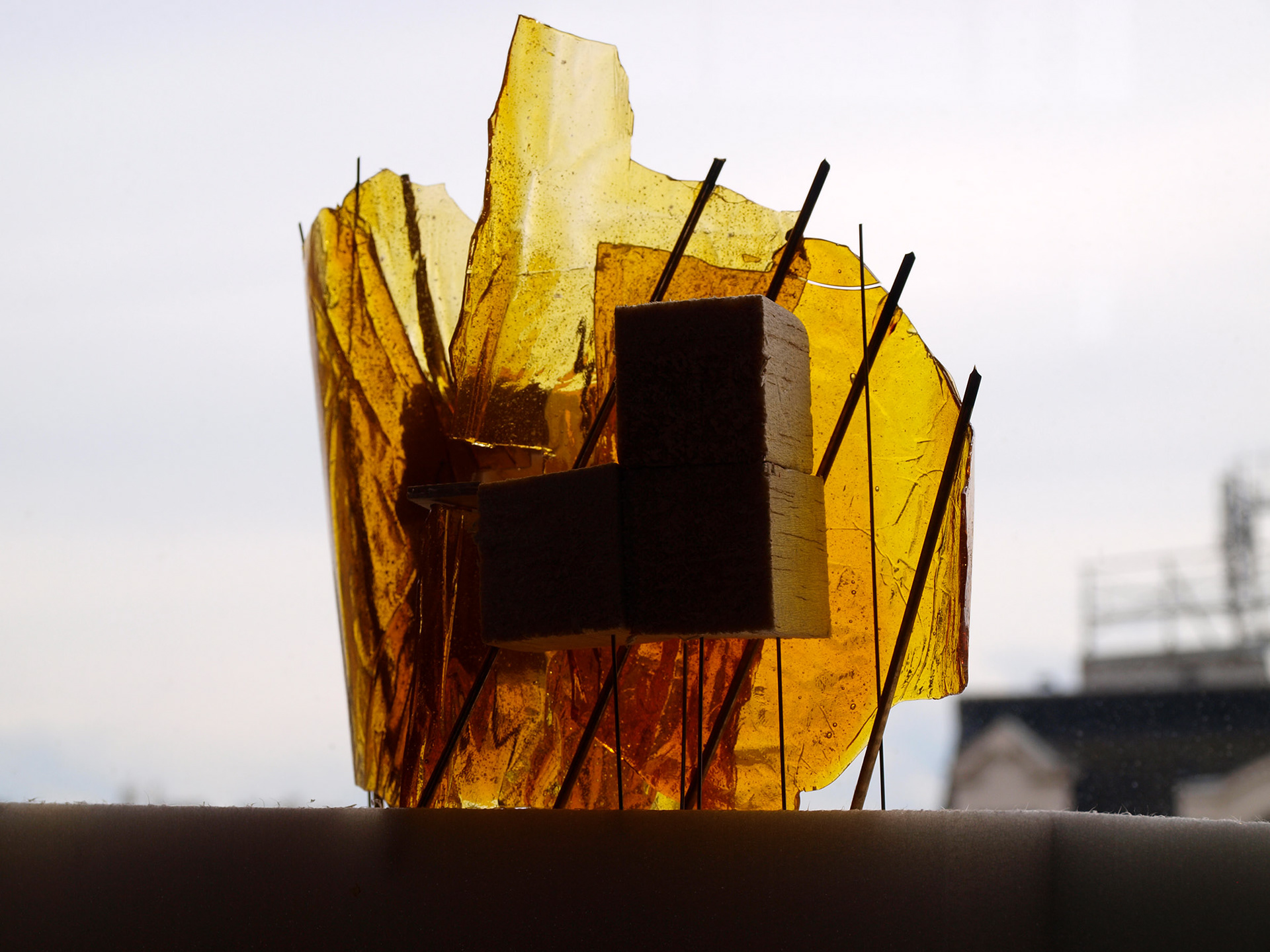
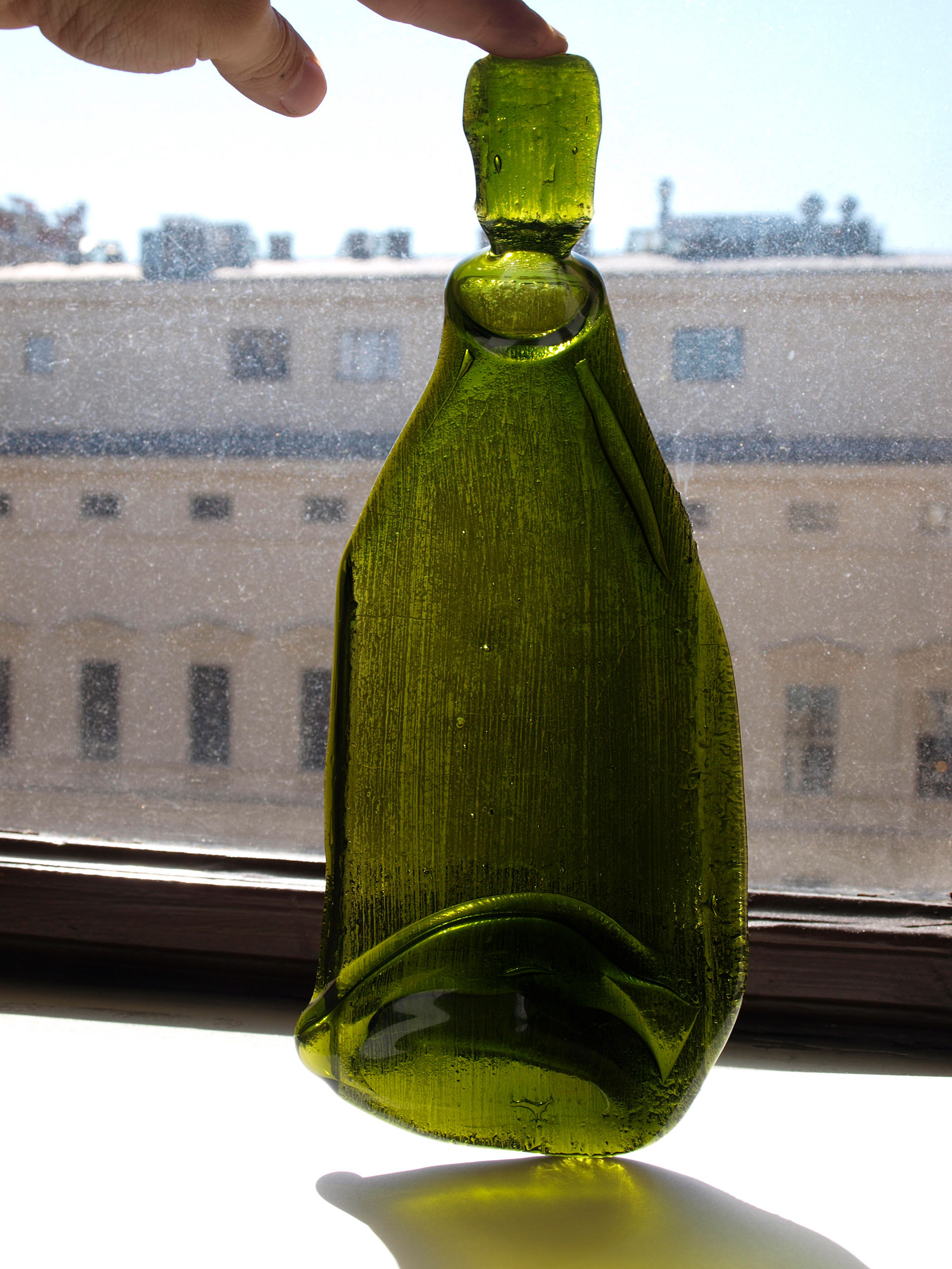

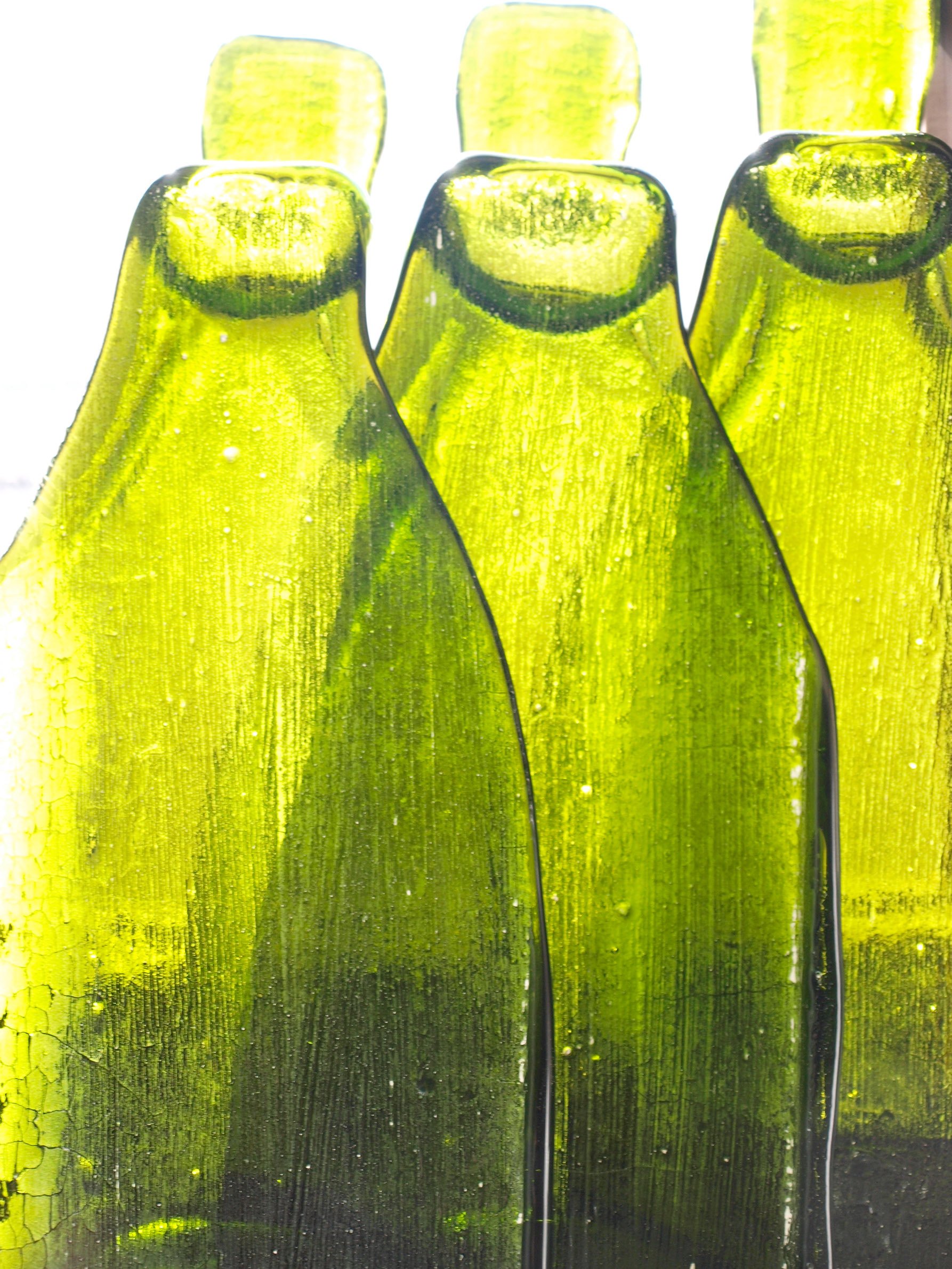
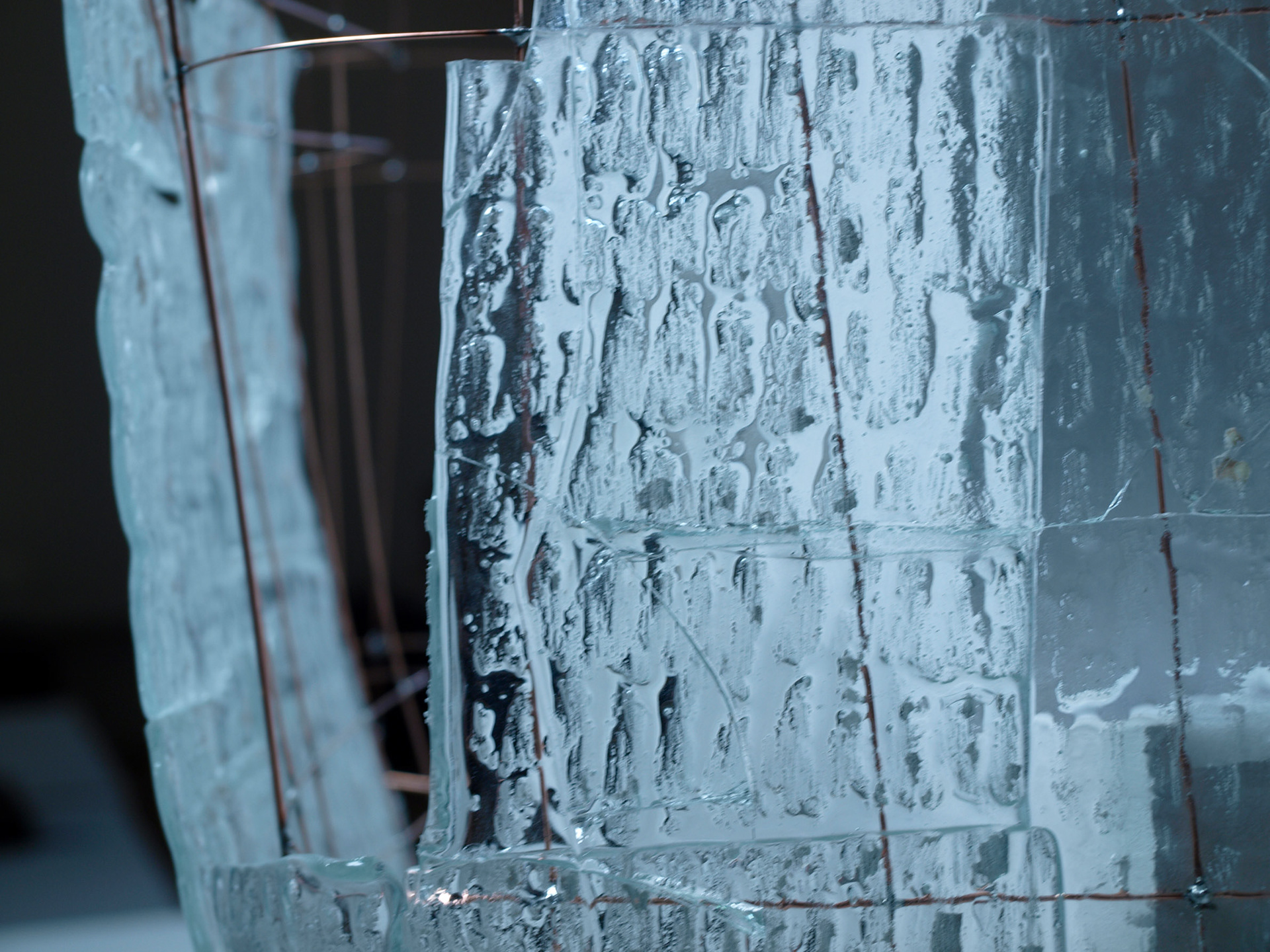
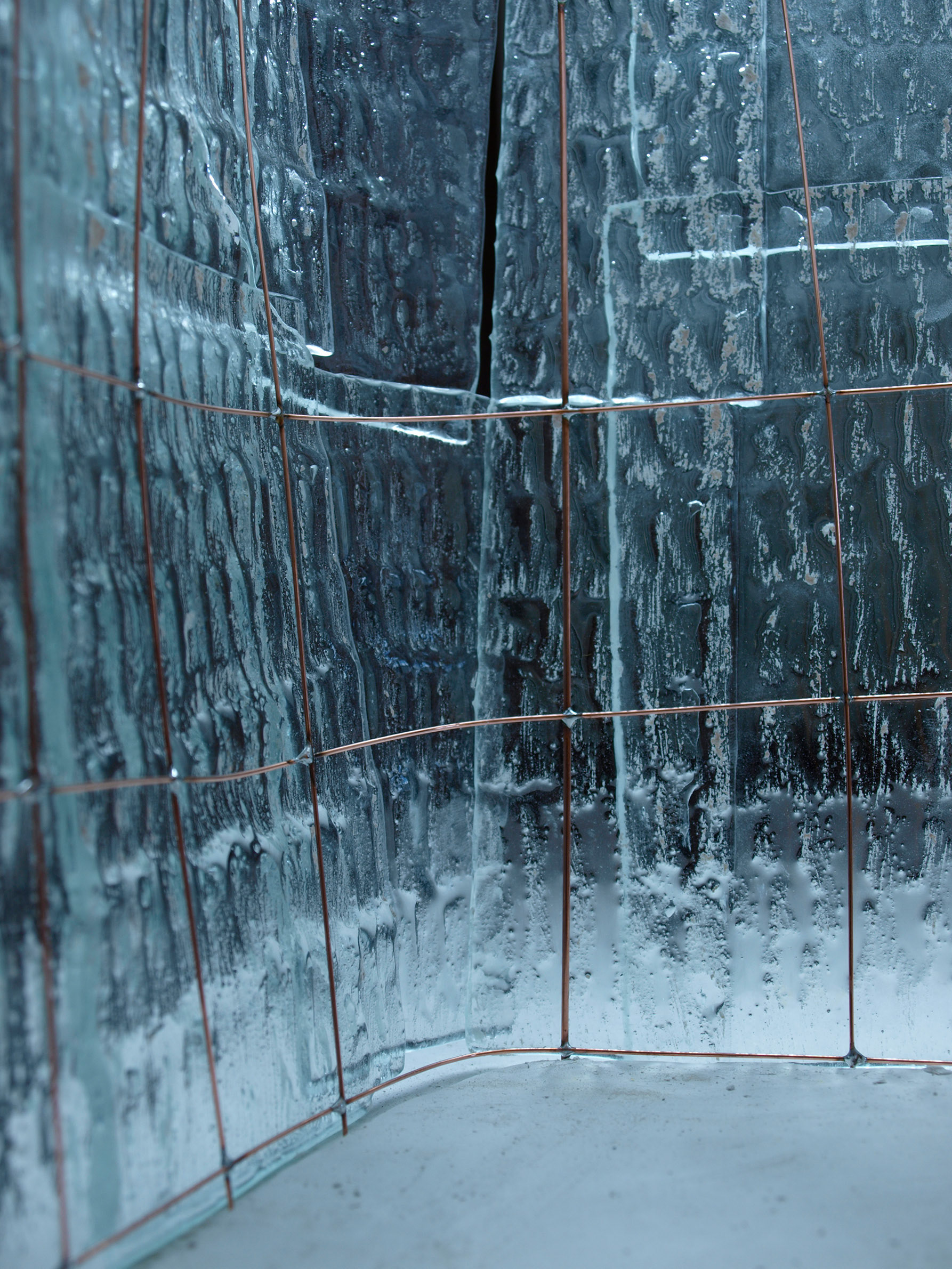
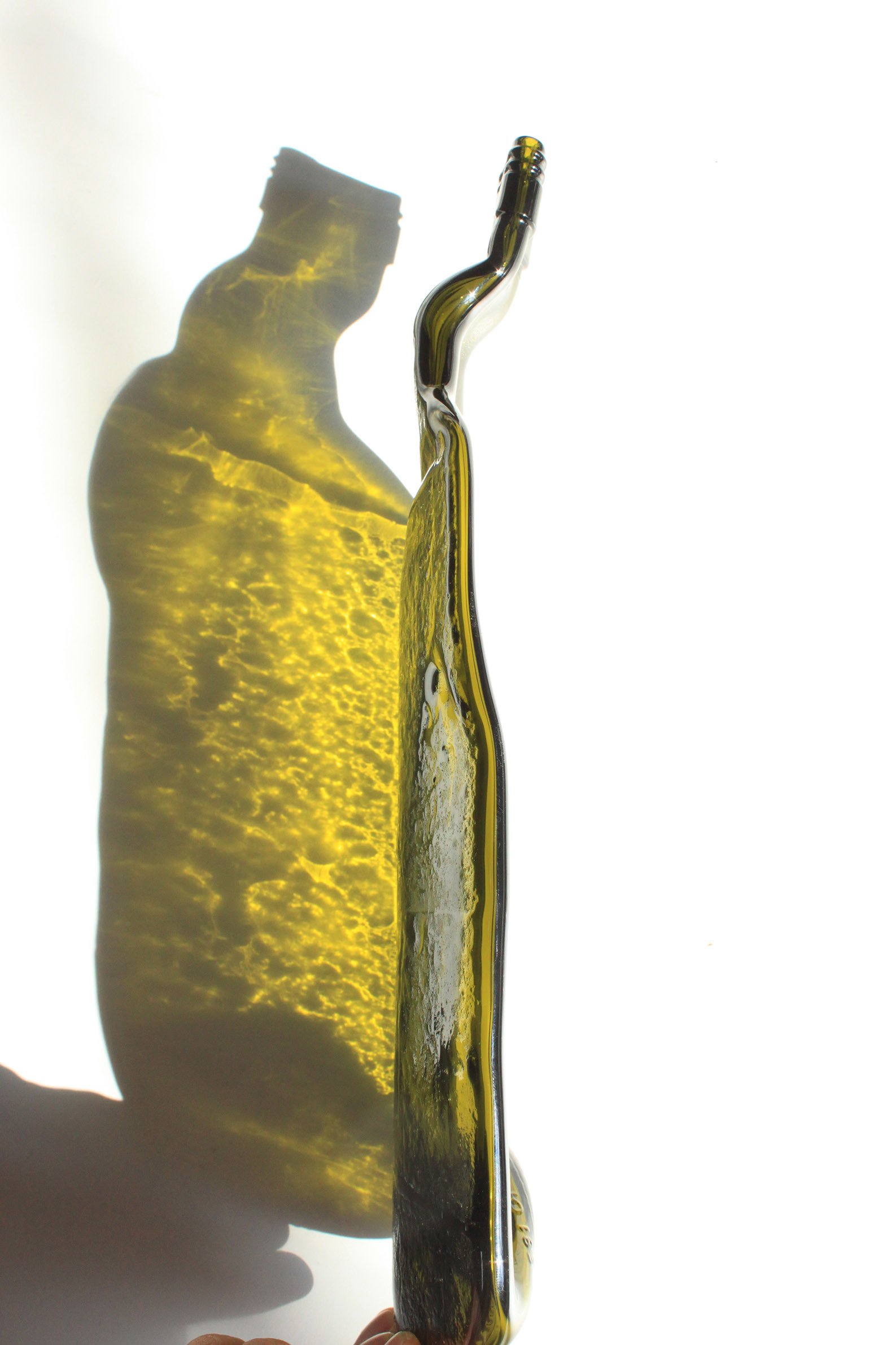

Projekt für Menschen mit Demenz – Benjamin Grabherr
Der Einsatz von Glas fördert die Offenheit und vor allem auch die Aktivitäten. Durch das Verformen unter Hitze und den Einsatz von strukturierten, teilweise rauen Schablonen, verwandelt es sich in ein Element, durch das man nicht nur hindurchsieht, oder das Licht hereinbringt. Man betrachtet es, beginnt es zu untersuchen, versucht es zu begreifen. Ein rein visueller Reiz wird durch einen haptischen ergänzt. Auch die sich ändernden Lichtsituationen werden nicht nur durch Glas gesehen, sie werden vor allem auch auf dem Material Glas wahrgenommen. Der Einsatz von solchen Glaselementen im Gebäude regt an, lädt zum Verweilen und Beobachten, Untersuchen, ein. Die sich ändernden Auswirkungen des Lichts geben aber auch Rahmen und Halt, da sich die Situationen auf subtile Art wiederholen.
Durch den Einsatz in der tragenden Struktur des Gebäudes wird das Glas von der reinen Hülle auch zum Rückgrat des Baus. Die tragenden Wände und das Dach bestehen aus Holz- und Glaselementen, die flächig miteinander verklebt werden, so eine starre Struktur ergeben. Die Glasstreifen stellen einen Bezug zur Außenwelt her, allerdings durch den Schleier der Materialstärke und die Verbindung mit einem anderen Material, den Holzstreifen. Von den Zimmern aus kann man durch die Wand Schatten und Bewegungen verfolgen. Das Material schafft trotzdem eine klare Abgrenzung zu den privaten Bereichen. Die Lichtstreifen im Dach stellen auch einen Bezug zu draußen dar. An der Intensität der Lichtspiele im Inneren erkennt man, ob die Sonne scheint. Auch hier kann das Licht einen Rahmen geben, aus der Position der Projektion schließt man, wie spät es ist.


